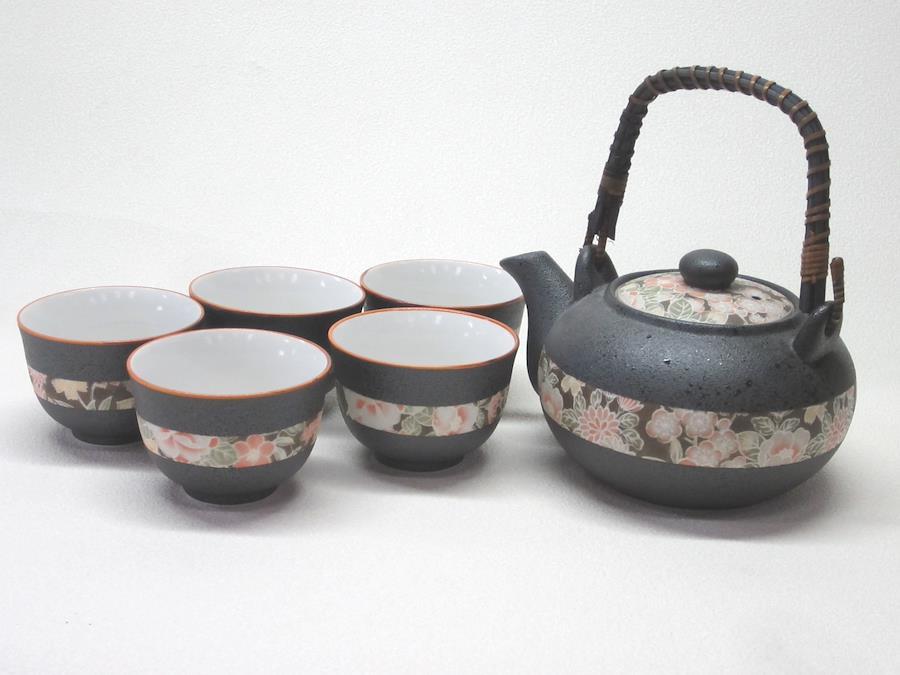If you’re a fan of Japanese culture, you’ve probably heard about sake. Maybe you want to try some for yourself, but you have some questions.
What is sake? How strong is it? What is proper sake etiquette? These questions and more will be answered here.
Before we begin, keep in mind that sake contains alcohol, so please obey all local drinking age restrictions.
Sake basics: What it is, and isn’t
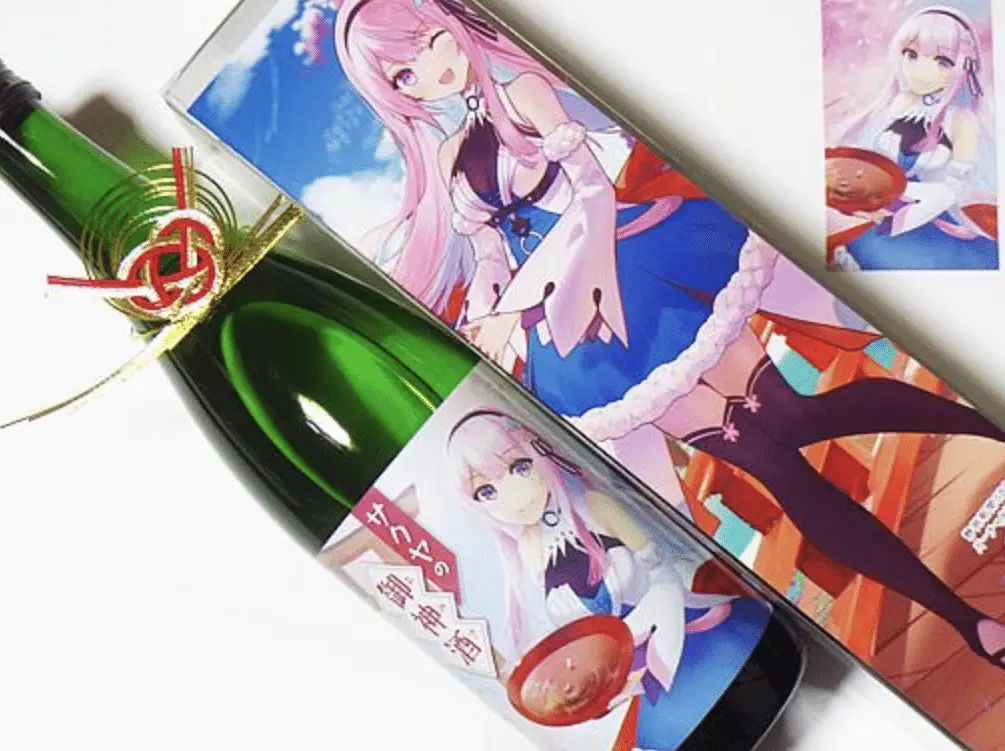
Sake is a type of rice wine. Technically speaking, we shouldn’t call it “wine,” because wine is made from fermented fruit, not fermented grain. But people still call it “wine,” because sake seems like a wine-like, elite beverage.
Sake isn’t a liquor or a spirit, because it’s not distilled. Sake isn’t “rice beer,” either — gluten-free rice-based beer is a whole separate thing.
Contrary to popular belief, sake is not the only kind of rice wine, and not all types of rice wine are sake. Sake isn’t even the only Japanese rice wine. (Mirin is similar, but different.)
However, sake is undoubtedly the most famous rice wine, thanks in part to Japan’s position as a cultural and economic power.
Note: Japanese people use “sake” to describe alcohol in general, and Nihonshu for sake. Since this is written in English, we’ll say sake.
When to drink sake

Like champagne, sake is associated with special occasions (although not for the same reasons). Since ancient times, Japanese people have used sake in certain ceremonial events, especially Shinto ones.
For example, the bride and groom share cups of sake during a traditional Shinto wedding. During a celebratory kagami biraki ceremony, people break open iwai-zake barrels, and share the sake inside.
Of course, you don’t have to save the sake for special events. Sake is often served at an izakaya — a type of tavern similar to a pub, or a tapas bar. Some people drink sake with appetizers, or with a meal.
Sake tips
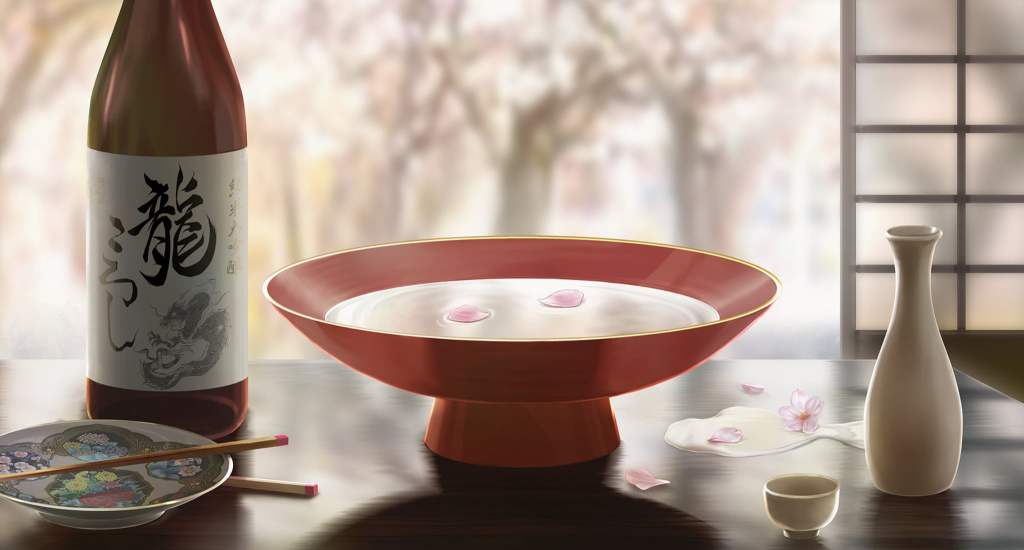
You don’t have to be a sake expert to enjoy Japanese rice wine. However, you will have a better experience if you remember the following:
- Sake typically contains about 13-17 percent alcohol. That’s stronger than most beers, and more than many wines. That’s one good reason to sip sake.
- If you want to drink sake the traditional way, you should have a sake set (shuki). A shuki usually features a serving flask (tokkuri) or a bowl (katakuchi).
- The other part of a shuki is the sake cup, or ochoko. You may have also seen masu, a square, wooden sake measuring box. Masu are a traditional, decorative, and old-fashioned alternative.
- Although sake cups are small, they shouldn’t be gulped like shot glasses.
- There’s also sakazuki, a shallow sake cup. This is the preferred choice for weddings. (In anime, it also helps visually distinguish sake from beer.)
- Don’t pour your own cup. Pour for others, and let them pour for you.
- Don’t drink directly from the bottle, unless you’re an alcoholic anime character.
Should you warm sake?
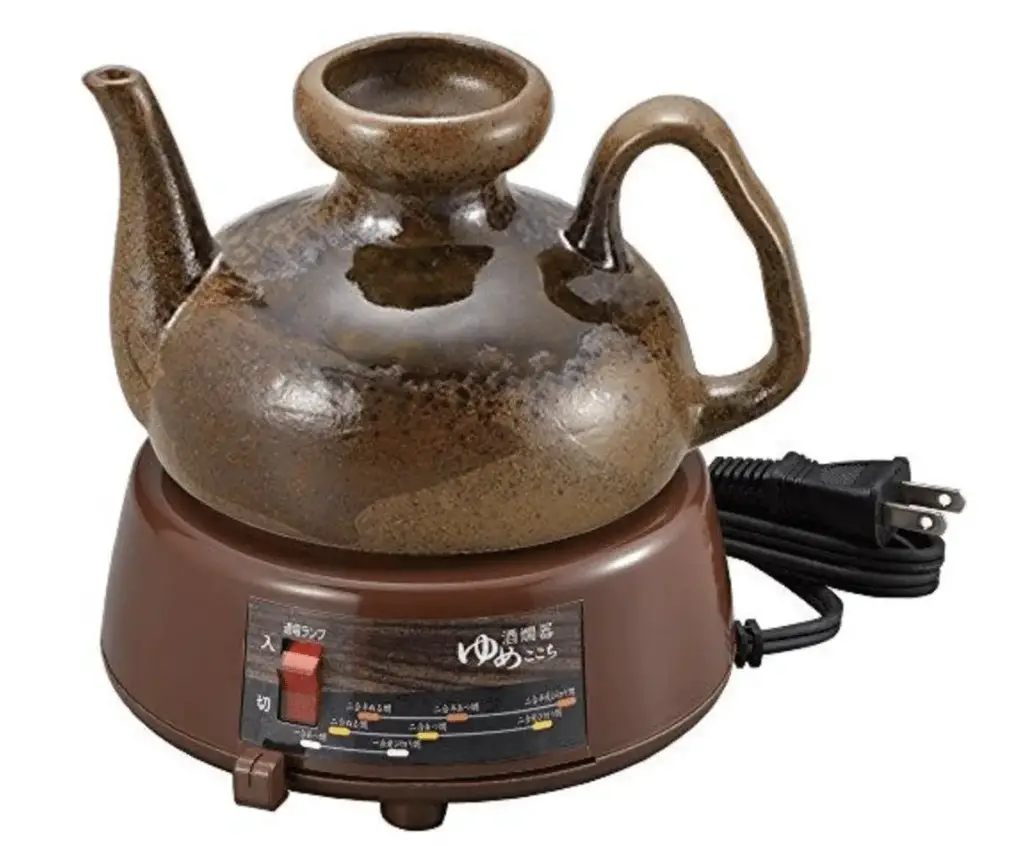
It’s a “well-known fact” that sake “should” be warmed. However, not everyone agrees.
According to some websites, the practice started as a way to reduce the bitterness of cheap sake. High-quality sake shouldn’t need heating. However, others say that warmth can enhance the flavor.
In fact, sake can be drunk hot, warmed, at room temperature, chilled or cold. Some types are better when hot or chilled.
Types of sake
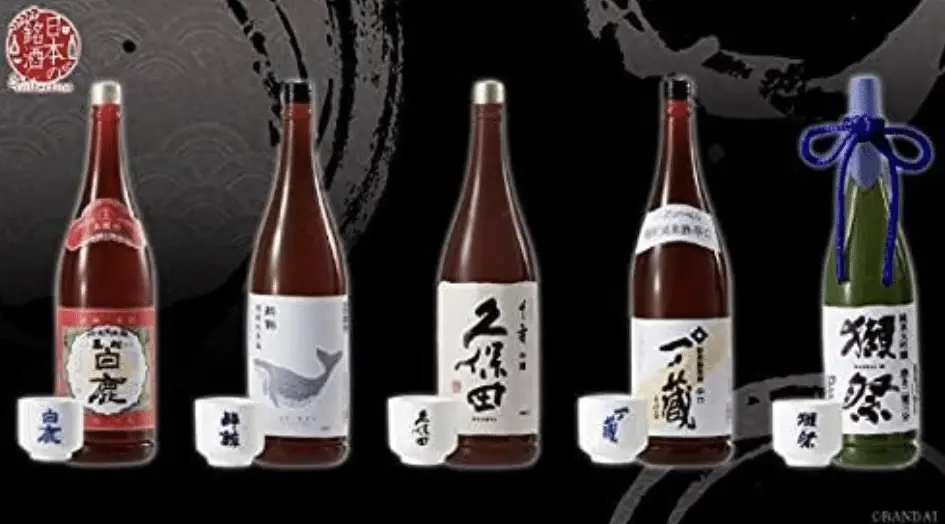
There are many different types of sake. Some categories overlap, but here are some names you might run across:
Junmai-shu — Pure sake, with no added sugar or starch. Can be served hot.
Ginjo-shu — A light and fruity sake, served cold or chilled.
Honjozo-shu — Contains distilled alcohol. Can be served warm or chilled.
Namazake — Unpasteurized sake, which needs refrigeration.
Nigori-zake — Cloudy, unfiltered sake. A sweet “dessert sake.”
Shiboritate — Roughly equivalent to Beaujolais nouveau wine; a fruity “winter sake.”
Sake in history and mythology
The Chinese were the first people to ferment rice into alcohol. Sources generally agree that the Chinese probably introduced both rice paddies and rice wine to Japan. This happened during Japan’s Yayoi Period, probably around 300 BCE.
According to reports, the Japanese Imperial Court monopolized sake brewing in ancient times. That’s when sake became known as an elite drink.
However, sake brewing shifted to shrines and temples during the rise of the shogun and samurai class. Private breweries first appeared prior to the Edo Period.
Legend has it that the kami (Shinto gods and spirits) once gathered for an epic sake brewing and drinking party. Japanese people still use sake as a religious offering.
Mischievous tanuki and monstrous oni are said to be heavy drinkers. Another story says that the heroic deity Susanoo used sake as bait to slay the serpent/ dragon Orochi.
As you can see, sake is important to Japanese culture. I hope this article helps you understand sake.
Buy Japanese Sake Cups
Want to buy your own set of Japanese sake cups? Check out this awesome vendor Kanewaka based in Japan via our sponsor Zenplus.


